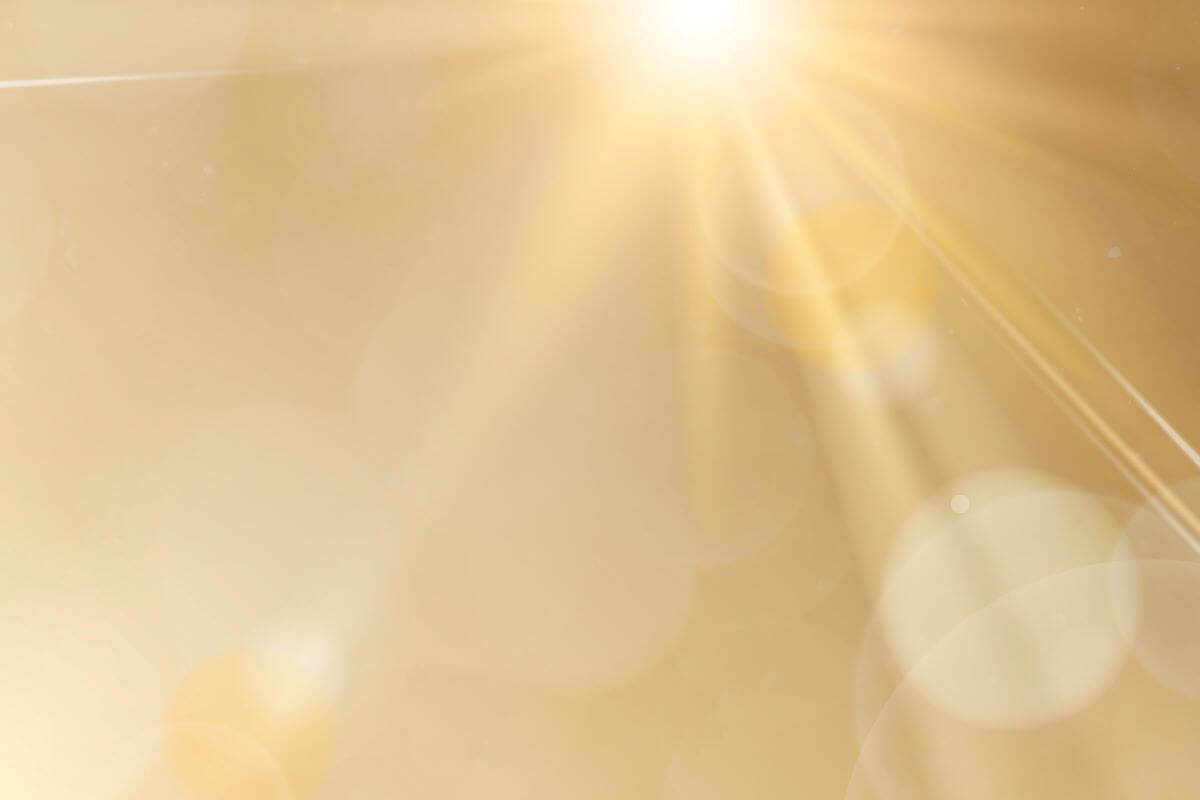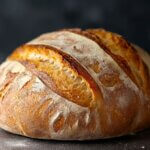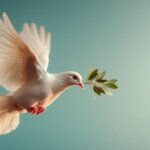Guest post by: Jane Dickie
It was a dark rainy November night when I got lost in a black neighborhood on my way to visit my sister. As a white woman growing up in Chicago, a very segregated city in the 1960s, my mother had warned me against riding my bike across Division Avenue to the south side. She never said it’s because people who live there are African American, but the unspoken, underlying racist message was clear even to a 12-year-old. Be afraid of black people.
35 years later at a conference on multicultural education I was on a panel with a good friend, an African American history professor. We agreed to meet to go over our material in the lobby of the hotel. I was waiting with another white woman at the elevator when the doors opened and my friend stood there. The woman next to me stepped back – she was not getting in that elevator with my friend. I could see the fear in her face. When my friend and I finally sat down together he said to me, “Every time I am walking down the street and a white woman is walking toward me, every time the elevator doors open and I am the only one in the elevator and white folks are waiting to get in, I feel like a dagger is stabbed in my heart. Can you imagine what it’s like to always be viewed as a threat? Can you imagine what that does to a sense of yourself and your spirit?” I felt tears welling in my eyes. I had no idea the daily pain inflicted on black folks by white folks. I was humbled that my friend was willing to share with me – being black in an elevator, being black on the street, being black driving a car. In this America the danger and threat is “being black.”
It was two years later that I was lost in Milwaukee driving in an unknown neighborhood and I could feel the fear within myself. I could feel the desire to reach over and lock my doors. And I remembered my friend’s pain and sadness. I had decided then and there that I would not inflict pain of that sort on another. It was time to disrupt the deeply embedded racism that would spring up as the first response. I understood why I was feeling fear. It was time to take a deep breath and come up with another response. Instead of succumbing to fear, I spoke to myself, “look around, what do you see?” And what I saw was a street with mothers and their children. There were groups of young people talking together. I saw people going about their business heading home from work. I began to really see the people stripping away my own racism which interfered with what I saw.
I pulled over to the curb and rolled down the window and a couple of folks came up to the window. I told them I was lost and asked him how I would get back to the street I needed to be on. They spoke together and gave me the directions that would get me to my sister’s house. I thanked them. I saw them. And I hope they saw me with a face of welcome and gratitude rather than fear.
The only way that we as white folks will overcome the racism that hurts and harms our African American brothers and sisters, is to disrupt those immediate reactions and really look and see the humanity. I have such gratitude to my friend, the African American professor who shared with me the pain that I like other white folks had inflicted. It allowed me to see and disrupt my own inadvertent racism that prevented me from seeing that Light which is God in every human being.
About the author: Jane Dickie is a retired Hope College professor. She lives in West Michigan.









0 Comments